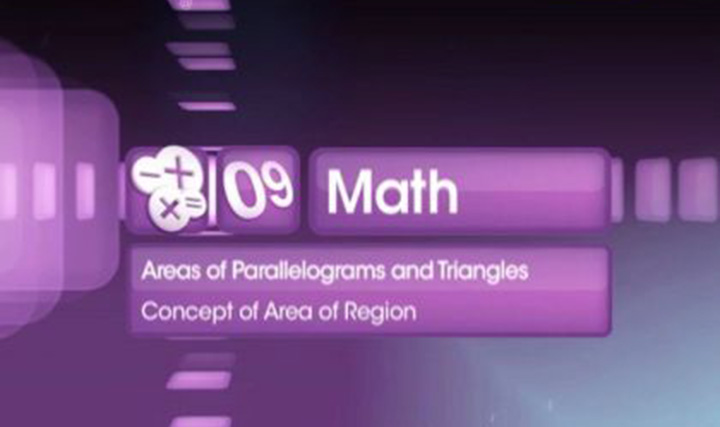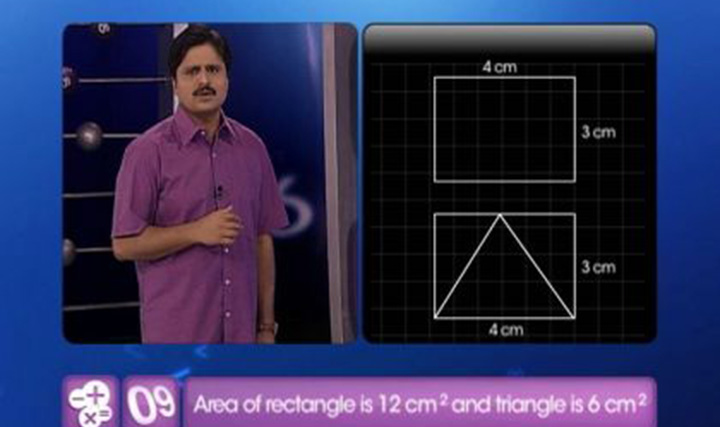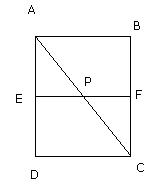CBSE Class 9 - Concept of Area of Region Videos
Concept of Area of Region
Concept of area of Geometrical figures. Geometrical figures on the same base and between the same parallel lines and relation between their areas.
More videos from this chapter
View All-
Which of the following figures lie on the same base and between the same parallels? Write the common base and the two parallels.(I)
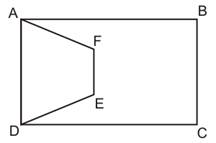 (II)
(II)
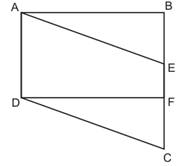
- Prove that the area of a parallelogram is the product of any base of it and the corresponding altitude.
-
ABCD is a quadrilateral and BD is one of its diagonals as shown in the figure. DC= 5 cm, Altitude=10 cm. Show that ABCD is a parallelogram. Find its area.
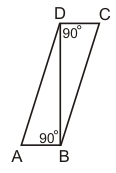
- Show that line segment joining the mid points of a pair of opposite sides of a parallelogram, divides it into two equal parallelograms.
-
If E, F, G and H are respectively the mid points of the sides of a parallelogram ABCD, show that ar(EFGH) =
 ar(ABCD).
ar(ABCD).
-
In the square ABCD of side 10 cm E and F are the mid points of AD and BC. Find the area of
 APE.
APE. - In a parallelogram PQRS, Take a point A on RS and join P and Q. In how many parts, the parallelogram is divided? What are the shapes of these Parts? Divide the parallelogram into two parts of equal area.
-
In a parallelogram ABCD, AB = 20 cm. The altitude corresponding to the side AB and AD are 14 cm and 10 cm respectively. Find AD.
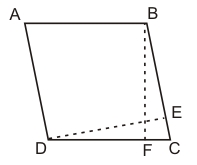
- Prove that of all the parallelograms of the given sides, a rectangle has the greatest area.
- If each diagonal of a quadrilateral separates it into two triangles of equal area, then show that the quadrilateral is a parallelogram.

